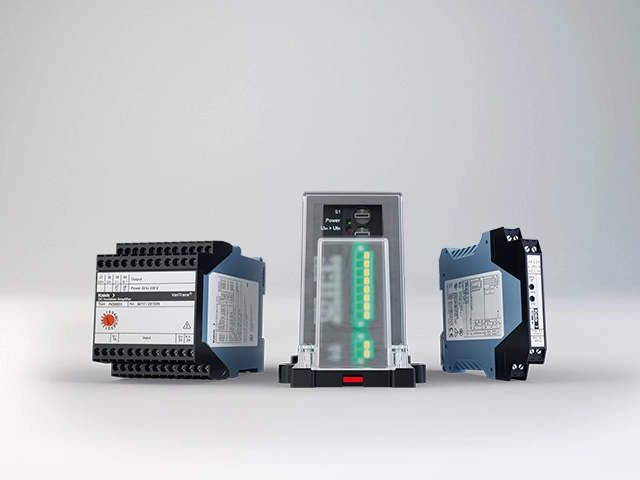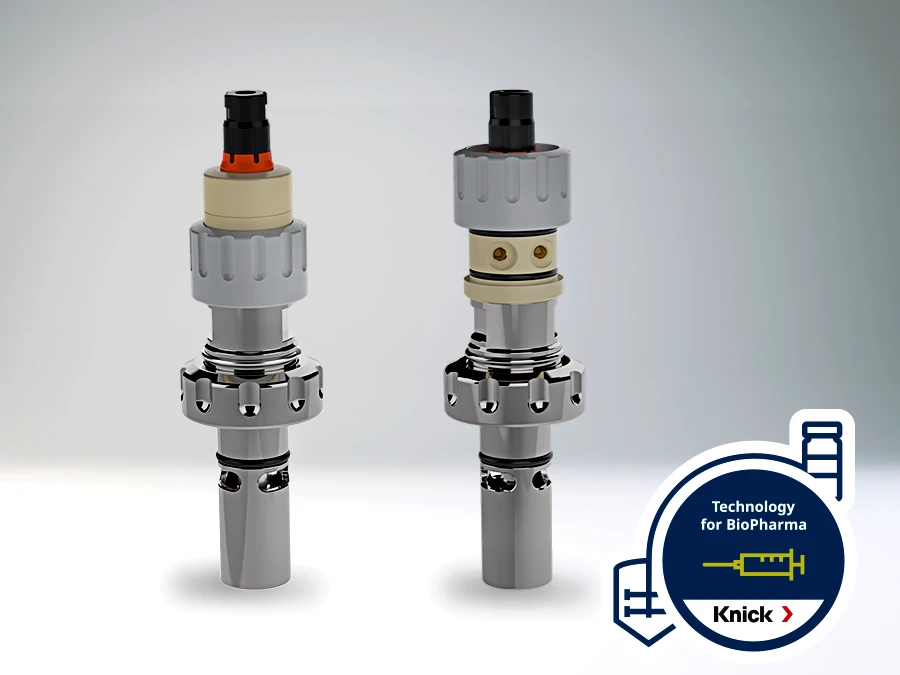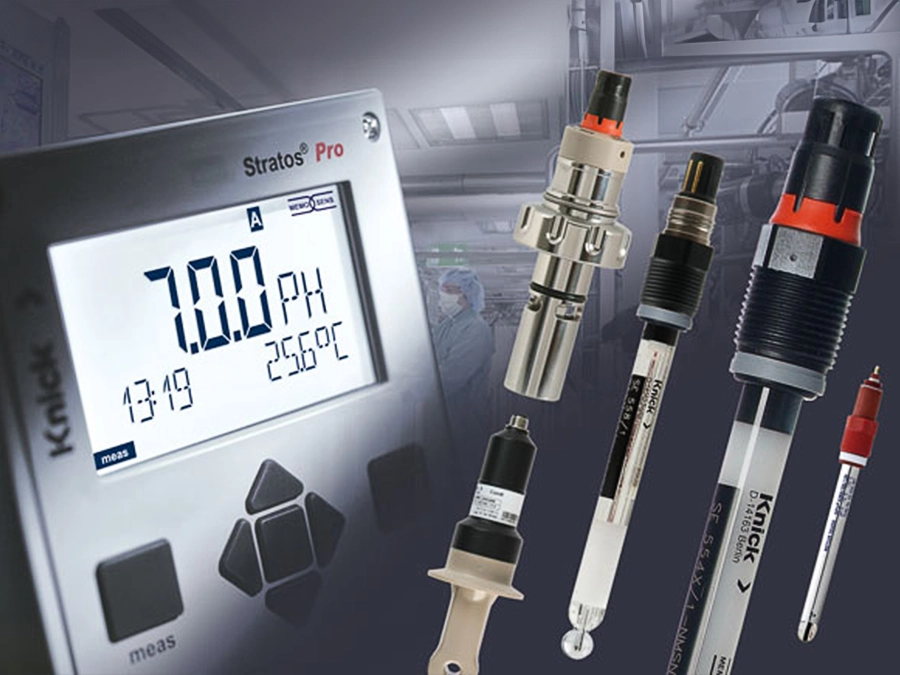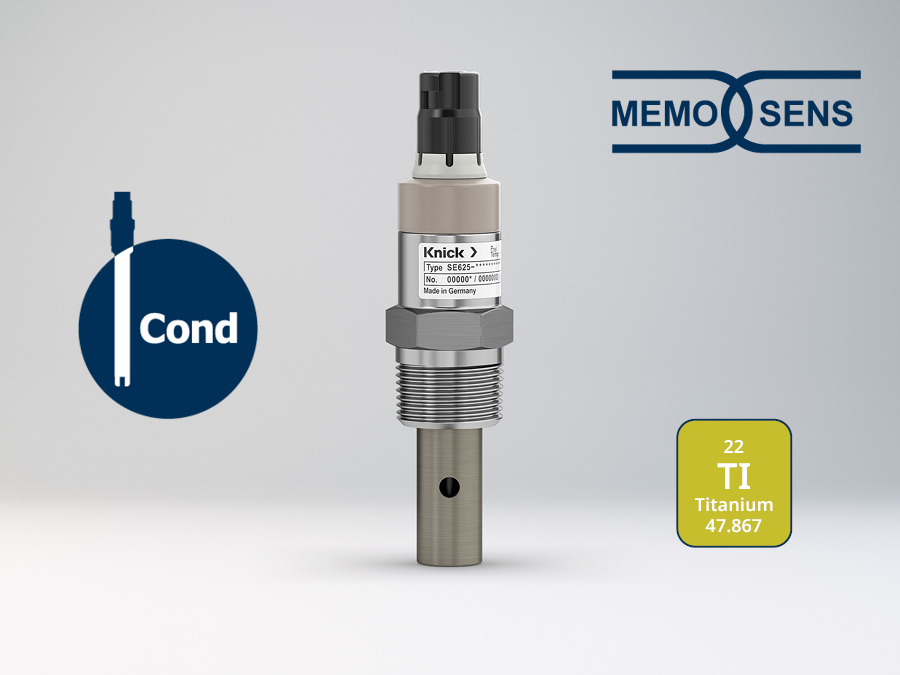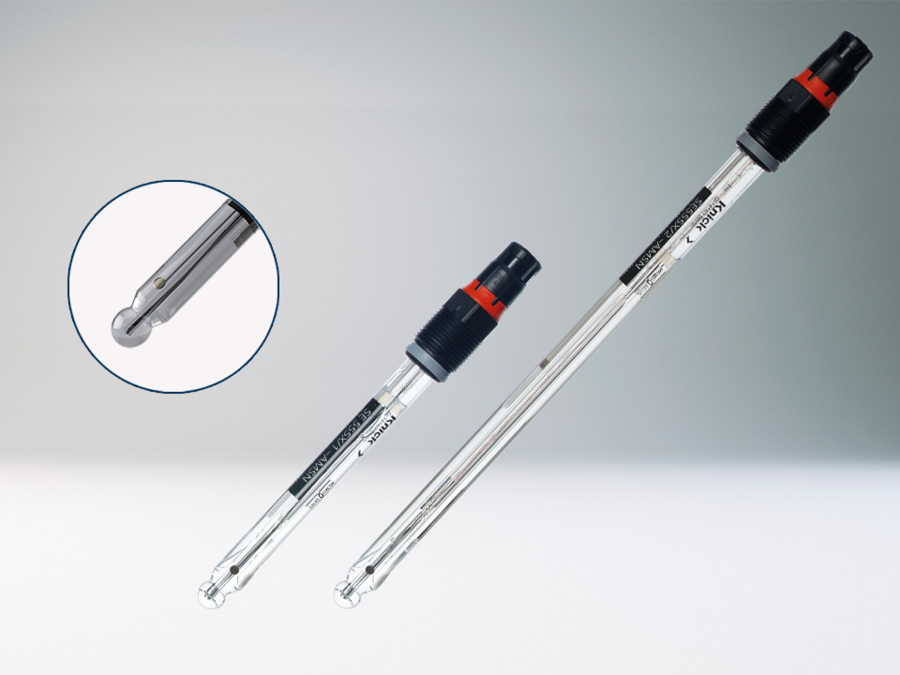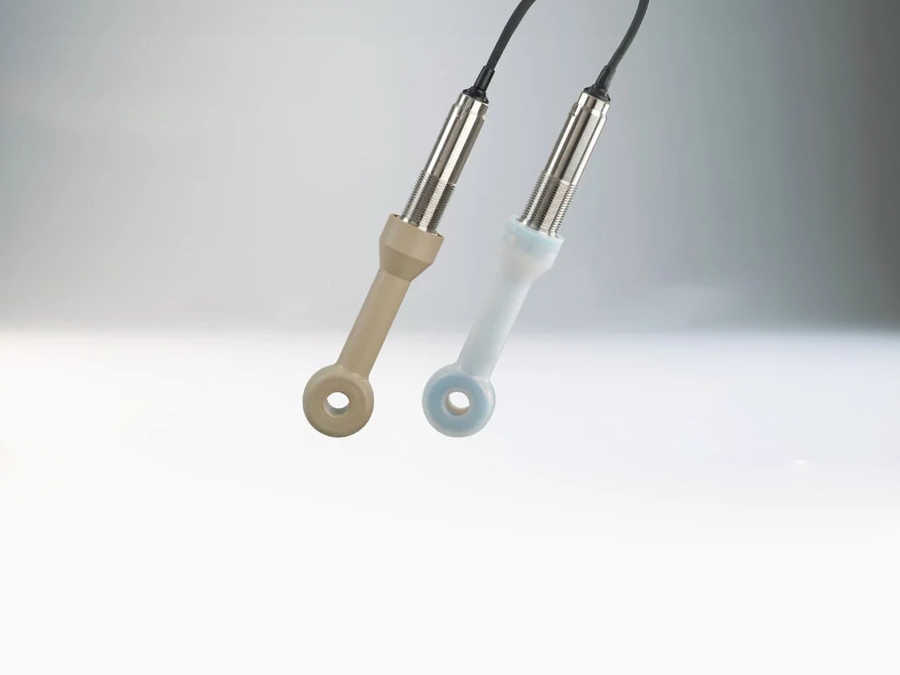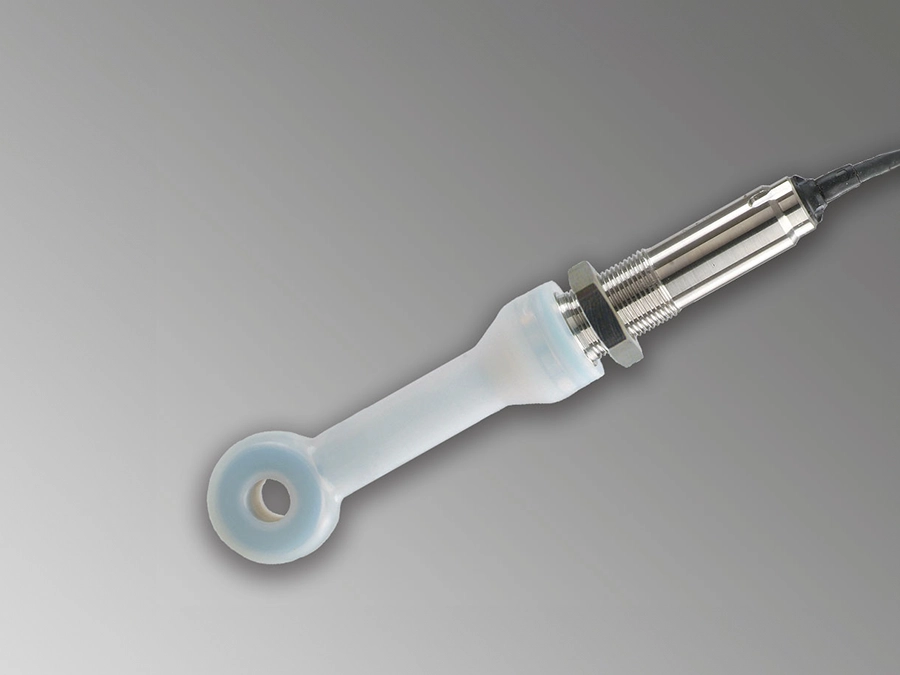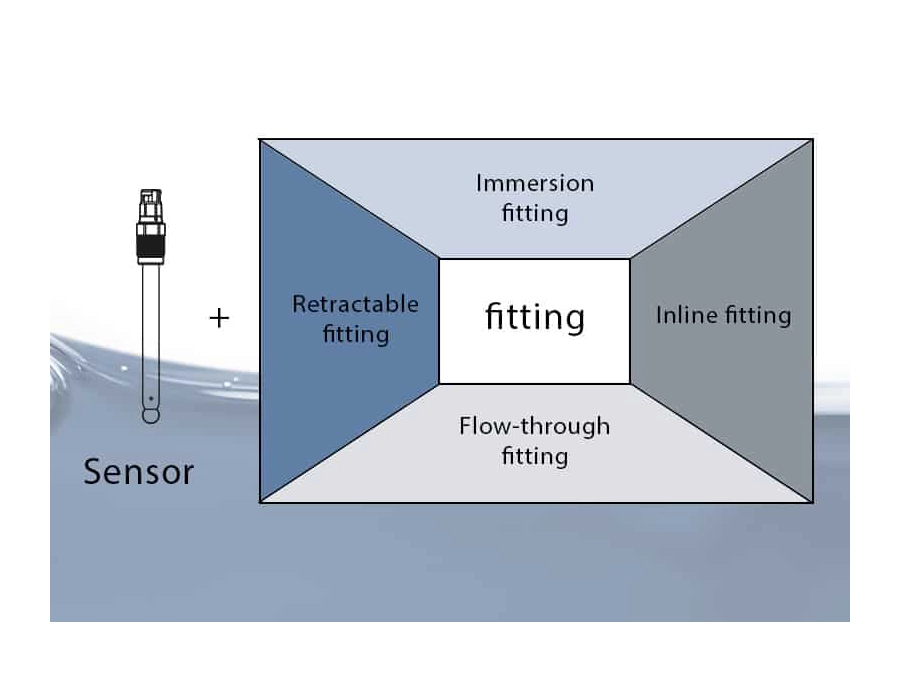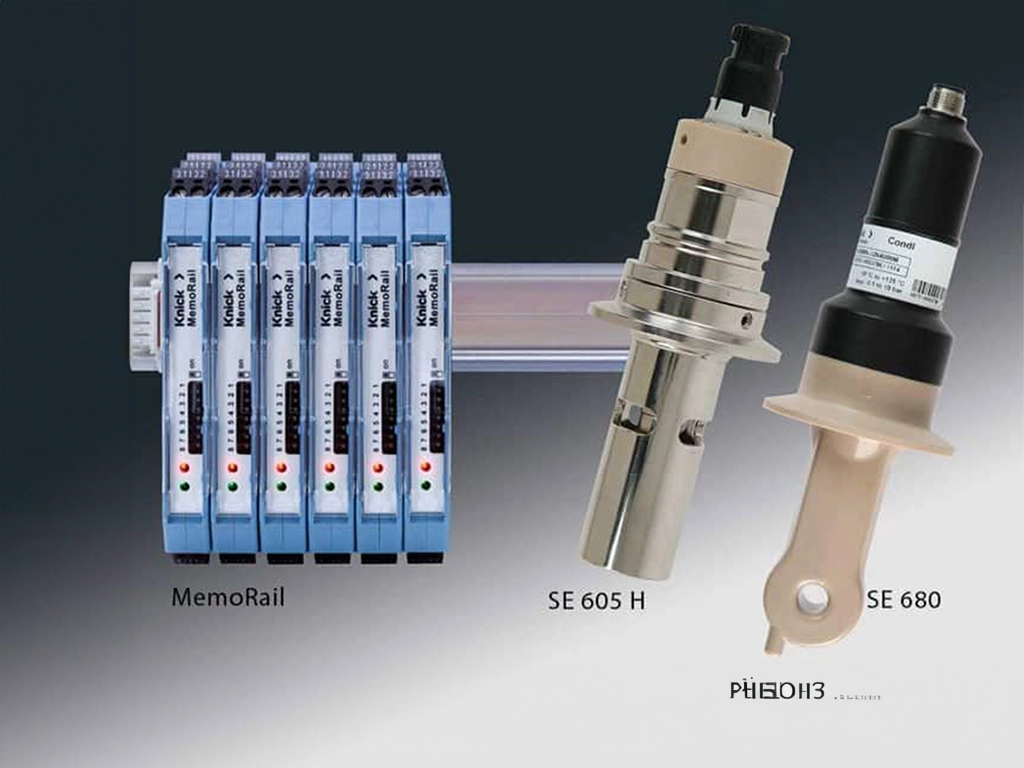37 Isolated Standard Signal Conditioner | Input 0(4) … 20 mA | Ex | Transmission of HART signals | Loop-Powered
Description
For safe-area/hazardous-area isolation of 0 ... 20 mA standard signals without power supply
- Galvanic isolation between input and output signal
Protection against measuring errors caused by grounding problems and parasitic interference voltages - No power supply required
Cost savings due to lower wiring effort, no mains interference - Very low residual ripple
No interference of the connected measuring or control system - Explosion protection according to ATEX
- High transmission accuracy
Excellent pulse formation due to exact transmission of the measured values - Very low common-mode interference
Prevention of incorrect measurements or failures caused by interference - Maximum reliability
No repair or failure costs - 10 kV test voltage
(optional) - Protective separation according to EN 61140
Protection of the maintenance staff and subsequent devices against excessively high voltages - SMART transmission
Bi-directional point-to-point transmission of digital data according to the HART specification - 5-year warranty
Knick loop-powered isolators for 0 ... 20 mA signal transmission. These modules are available as hazardous-area input and hazardous-area output isolators. Due to their patented design (German patent 3526997), they are considered to be the most reliable solution for isolating standard signals without an external power supply.
The 37A7 isolators are not only suitable as highly reliable isolators for normal applications, they also meet the most stringent requirements that can be set for potential isolation. There is no need for power supply wiring.
Nous attendons avec impatience votre réponse!
Nous Contacter
| Communication (Sortie numérique): | HART |
|---|---|
| Protection contre les explosions: | Oui |
| Fonction: | Transmission / Isolation de signaux normalisés |
| Catégorie de produits: | Séparateur universel / séparateur de signaux normalisés |



